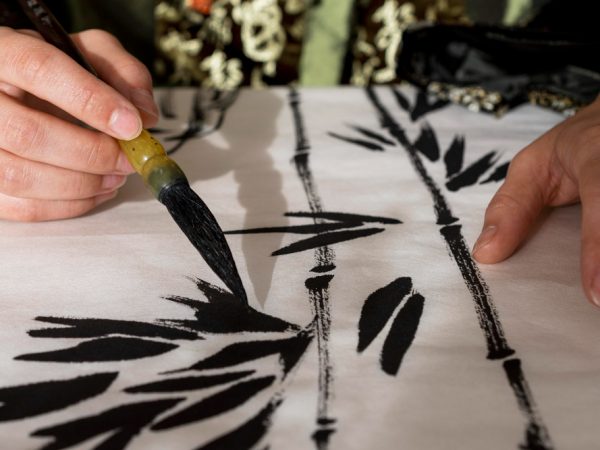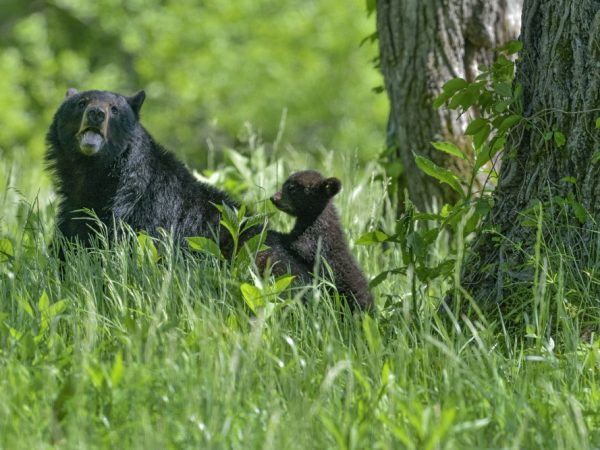Iceland Mountain: 10 Breathtaking Peaks That Will Leave You in Awe

Iceland is a land of dramatic landscapes, where fire meets ice in a mesmerizing dance of nature. From cascading waterfalls to steaming geysers, the island nation is home to countless natural wonders. But nothing captures the imagination quite like an Iceland Mountain. These towering giants tell stories of volcanic eruptions, ancient glaciers, and time-carved beauty. In this guide, we unveil ten of the most breathtaking peaks you simply must see in Iceland.
Kirkjufell – The Church Mountain of Dreams
Kirkjufell, located near the town of Grundarfjörður on the Snæfellsnes Peninsula, is perhaps the most photographed Iceland Mountain. Its distinctive cone shape rises dramatically from the coast, mirrored by nearby waterfalls. Kirkjufell has been featured in films and TV shows, including Game of Thrones. A hike around its base offers panoramic views and unforgettable photo opportunities. It’s especially magical during the midnight sun or when the northern lights dance overhead.
Hvannadalshnúkur – Iceland’s Loftiest Summit
Reigning as Iceland’s highest peak, Hvannadalshnúkur towers at 2,110 meters above sea level. Located in the Öræfajökull volcano within Vatnajökull National Park, this Iceland Mountain is a dream challenge for mountaineers. The climb requires a guided tour due to unpredictable glacier conditions and crevasses. Once at the summit, you’re rewarded with sweeping views of icy plains, volcanic rock, and endless sky. It’s a bucket-list destination for any serious adventurer.
Snæfellsjökull – The Glacier-Capped Volcano
Snæfellsjökull is not only an iconic Iceland Mountain but also the setting for Jules Verne’s Journey to the Center of the Earth. Its glacier-capped peak looms at the western tip of the Snæfellsnes Peninsula. This dormant volcano is easily accessible via nearby roads, and hiking trails offer a variety of difficulty levels. On a clear day, you can even see it from Reykjavík, nearly 120 kilometers away. Its mystique has inspired countless legends and spiritual journeys.
Herðubreið – The Queen of Icelandic Mountains
Herðubreið, often dubbed the “Queen of Icelandic Mountains,” rises in stark majesty above the Ódáðahraun lava fields. With its flat top and symmetrical shape, this Iceland Mountain is a natural monument. Though not the tallest, it’s revered for its raw beauty and remote location. Reaching Herðubreið requires navigating highland roads and often a 4×4 vehicle. The area around it offers rare solitude and the chance to connect deeply with Iceland’s volcanic soul.
Eyjafjallajökull – The Famous Eruption Site
Eyjafjallajökull gained international fame in 2010 when its eruption disrupted air travel across Europe. But beyond its explosive history, this Iceland Mountain offers incredible hiking and glacier tours. Located near the southern coast, its summit gives a front-row view of Iceland’s volatile geological forces. The glacier atop the volcano adds an eerie beauty, and nearby attractions like Seljalandsfoss waterfall enhance the experience. It’s a living reminder of nature’s power.
Esja – Reykjavík’s Backyard Adventure
For those visiting the capital, Esja is the perfect Iceland Mountain to explore without venturing far. Just 10 km from Reykjavík, Esja provides a popular hiking route for locals and tourists alike. The trail offers various difficulty levels, and the view from the top stretches across the capital and Faxaflói Bay. It’s an ideal introduction to Iceland’s mountainous terrain. Whether you’re there for a morning workout or a leisurely stroll, Esja delivers scenic satisfaction.
Hekla – The Gateway to Hell
Hekla is one of Iceland’s most active volcanoes and a deeply historic Iceland Mountain. In medieval times, Europeans referred to it as the “Gateway to Hell.” Despite its ominous reputation, Hekla is a favorite among experienced hikers and geologists. It stands at 1,491 meters and last erupted in 2000. The trail to the summit is steep but manageable for those in good shape. From the top, you can see Iceland’s dramatic highlands stretching endlessly around you.
Bláhnjúkur – The Blue Peak of Landmannalaugar
Set in the colorful highland region of Landmannalaugar, Bláhnjúkur means “Blue Peak.” This stunning Iceland Mountain is named for its bluish hue, a result of volcanic ash and lava flow. It offers one of the most scenic hikes in the country, surrounded by rhyolite hills, lava fields, and hot springs. The summit reveals a kaleidoscope of colors and textures. Accessible during summer months, it’s a highlight for anyone exploring Iceland’s interior beauty.
Skessuhorn – The Horn of the Giantess
Skessuhorn is often called the “Matterhorn of Iceland” due to its dramatic, horn-like shape. Located in the western region of Borgarfjörður, this Iceland Mountain is beloved by climbers and photographers alike. Its rugged profile contrasts sharply with the surrounding plains, creating a scene straight out of a fantasy novel. Though climbing it requires technical skill, even viewing it from afar is an awe-inspiring experience. It’s a perfect example of Iceland’s untamed charm.
Þverfellshorn – A Summit for Everyone
Þverfellshorn is part of the Esjan mountain range and offers one of the most accessible summits near Reykjavík. This Iceland Mountain attracts hikers of all levels, with clear trails and rest stops along the way. On a sunny day, the trail buzzes with locals enjoying the crisp mountain air. Reaching the top provides a sense of accomplishment without requiring expert climbing skills. It’s a rewarding day trip that showcases Iceland’s love affair with the outdoors.
Conclusion
From glacier-capped volcanoes to remote highland giants, the diversity of Iceland Mountain landscapes is unmatched. These peaks each tell a story — of fire and ice, solitude and challenge, beauty and power. Whether you’re an experienced climber or a curious traveler, there’s an Iceland Mountain waiting to steal your breath away. Be sure to prepare properly, respect the terrain, and take time to simply stand in awe. Few places on Earth offer such unspoiled wonder.
FAQs
Q1. What is the best time to hike an Iceland Mountain?
The ideal hiking season runs from late June to early September. During these months, trails are clearer, and weather conditions are generally safer.
Q2. Do I need a guide to climb Iceland’s mountains?
For challenging or glacier-covered peaks like Hvannadalshnúkur, hiring a guide is essential. Easier hikes like Esja can usually be done solo with proper gear.
Q3. Can beginners hike any Iceland Mountain?
Yes, peaks like Þverfellshorn and parts of Esja are perfect for beginners. Always check trail difficulty and ensure you’re well-prepared.
Q4. Are Iceland’s mountains active volcanoes?
Some are, including Eyjafjallajökull and Hekla. While monitored for safety, eruptions can occur. Always check geological updates before visiting.
Q5. Is special equipment required for mountain hikes in Iceland?
For easier trails, sturdy hiking boots and weather-appropriate clothing are enough. Glacier or technical climbs may need crampons, helmets, or ropes.
Also read: Exploring Food in Chinese: 10 Must-Try Dishes You Need to Taste











